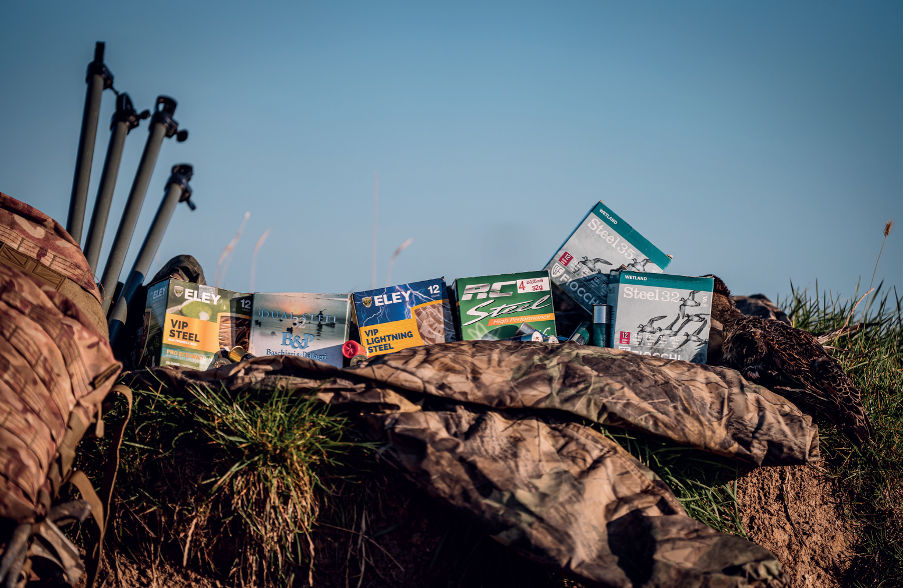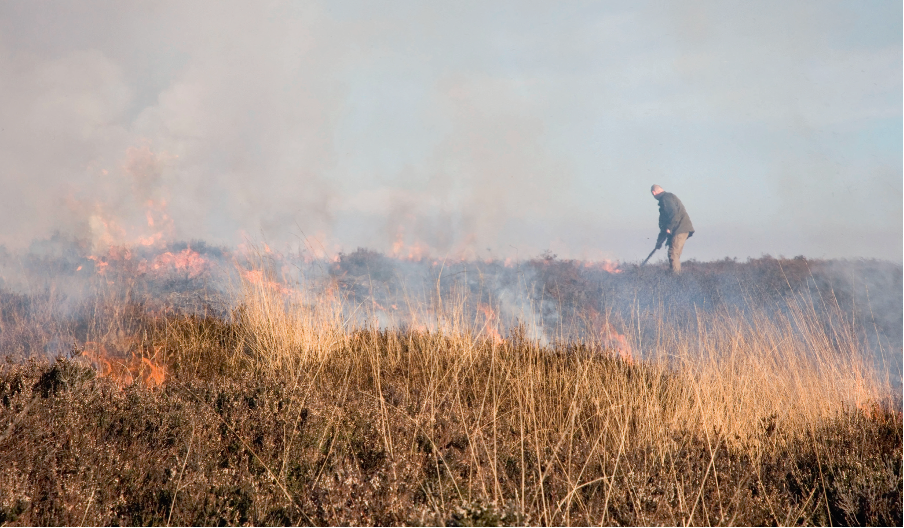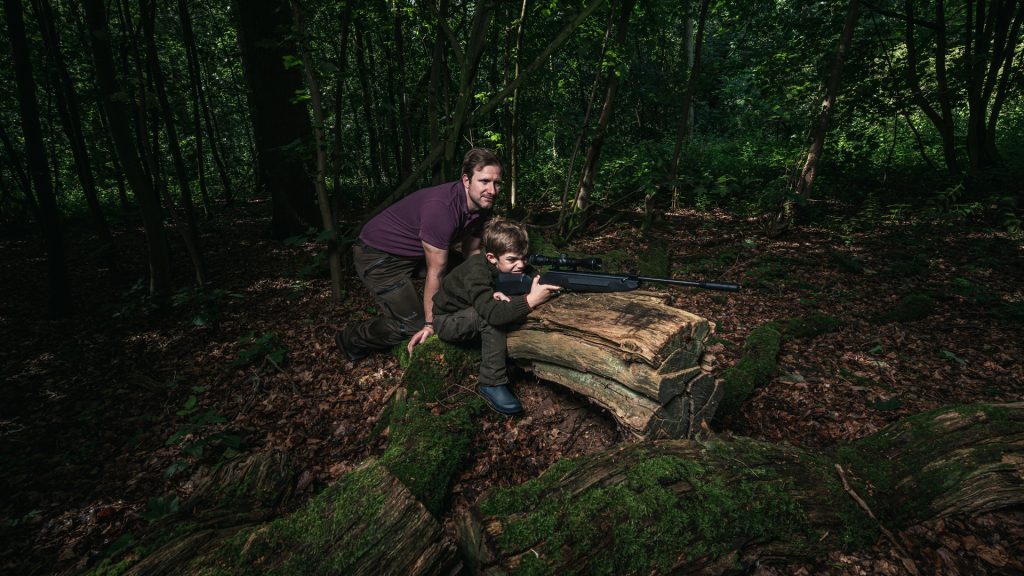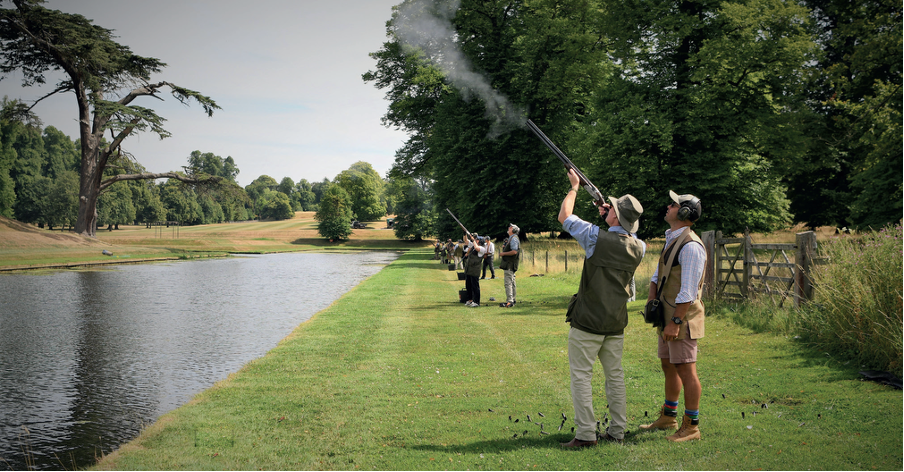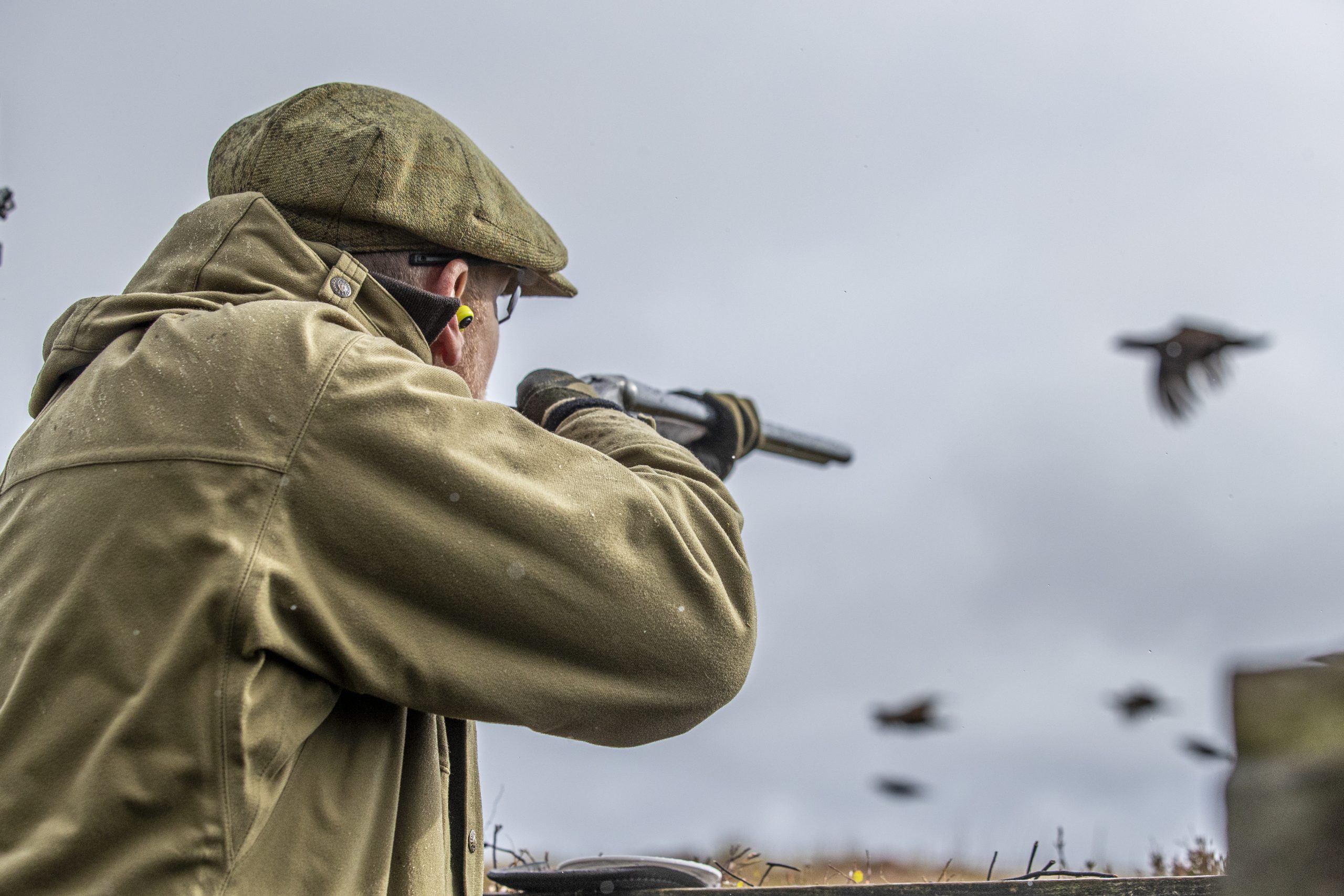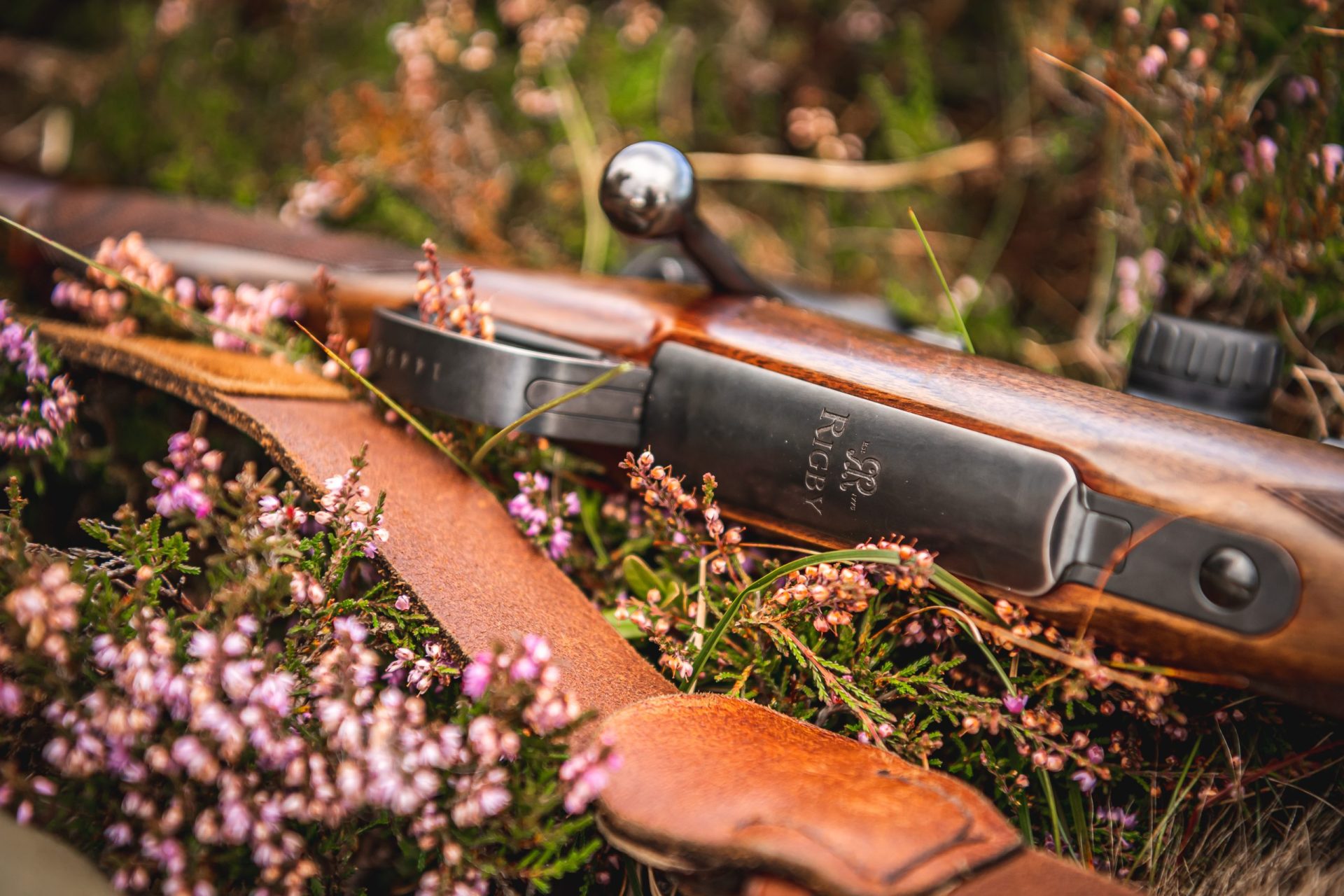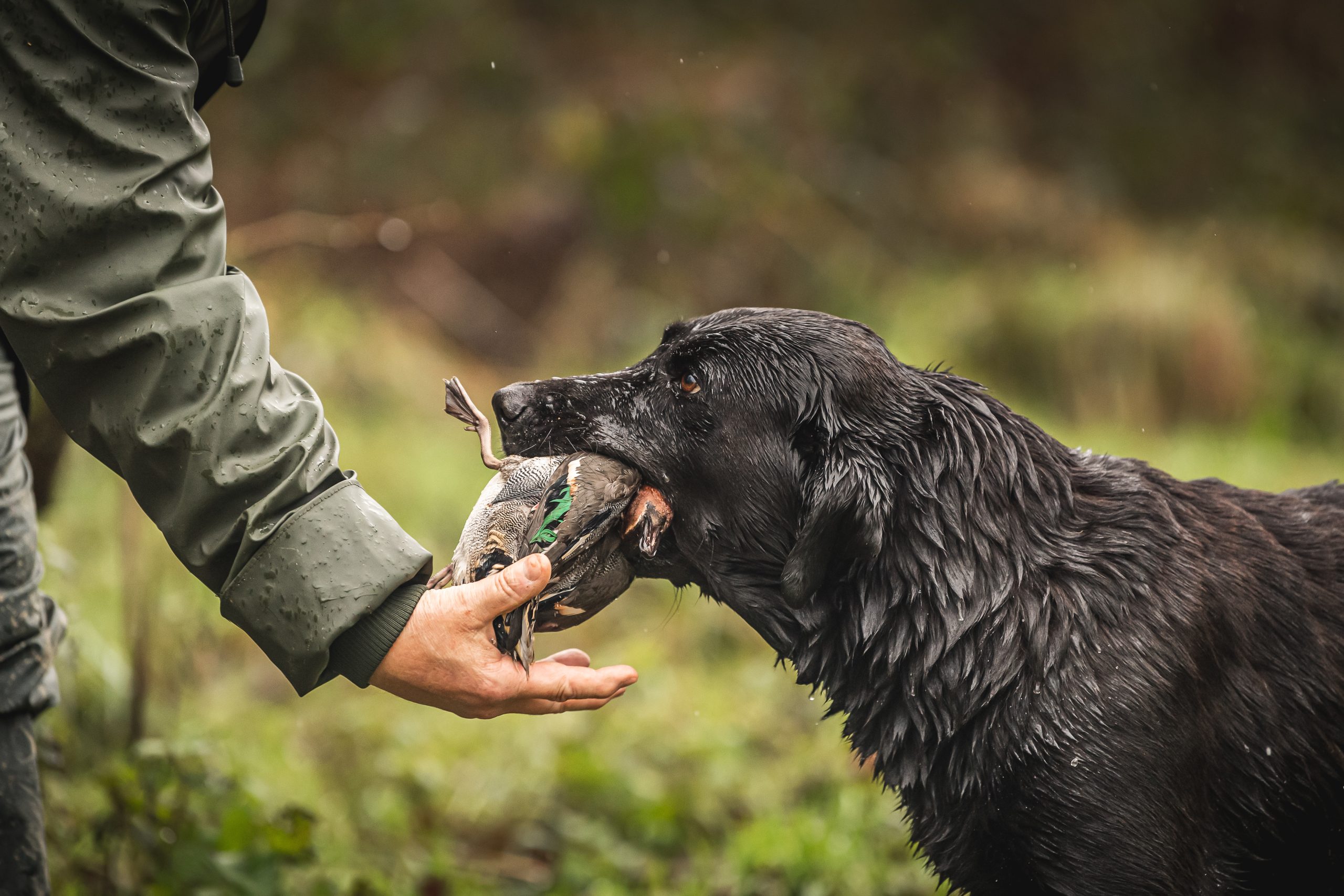Shooting
Woodpigeon shooting kit reviewed
Tom Payne reviews modern woodpigeon shooting kit, from hide poles to flappers and decoys.
Would you like to speak to our readers? We offer sponsored articles and advertising to put you in front of our audience. Find out more.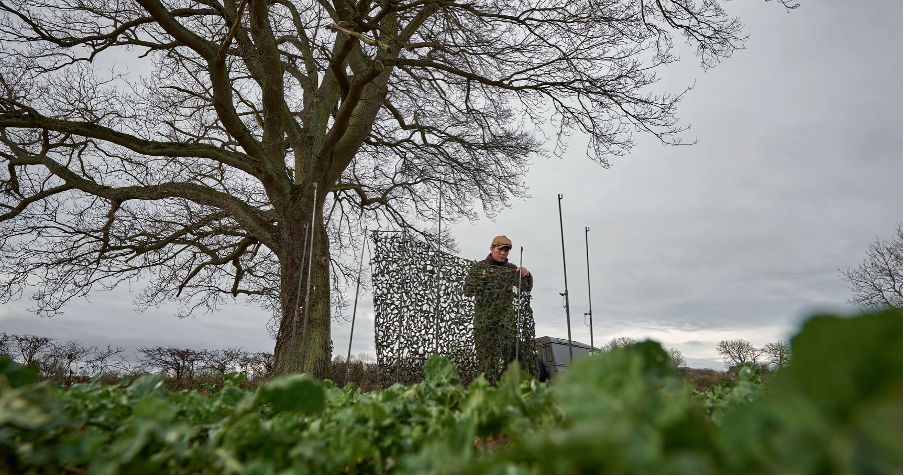
Managing woodpigeon numbers to prevent crop damage is not a modern problem. During his lifetime, Gilbert White (1720–1793) recorded the importance of controlling woodpigeons, due to the significant damage caused to turnip crops and staple crops such as barley. Using a muzzle-loader, he was unable to shoot them on the wing and therefore discussed the importance of shooting birds at roost and decoying stubbles, using hand-carved decoys made from beech and ash. In the 19th century, renowned game Shot Lord Walsingham dealt with the technique of decoying, roosting and flighting to prevent crop damage in a Field and Covert volume of the Badminton Library, published in 1884 – two years after the first issue of Shooting Times. Walsingham used stuffed woodpigeons as decoys for roost shooting and decoying over crops. They wouldn’t have been very hardwearing but would have fooled even the canniest birds.
Flocking instinct
Some of the basic techniques we employ may be the same, but the kit we use has evolved hugely. That said, it all taps into the same flocking instinct that pigeons have exhibited since time immemorial. What have changed in a big way are hides. Gone are the days of tucking yourself into a hedge. After World War II, hessian camouflage nets were introduced and I still have one that was used for covering tanks during the war. It’s a superb net, if a little heavy when wet. For Archie Coats and other pigeon shooters in the 1950s and 1960s, when modern pigeon shooting really developed, most kit would have been homemade, including neck props, floaters, hide poles and the old oil drum that doubled as a seat and a place to store kit. There was more focus then on the core technique of getting yourself into the right spot. Some might suggest that our modern kit makes up for lost fieldcraft exhibited by the old-timers. They use bamboo canes to raise dead birds, while homemade floaters and wire spikes or branches were cut to use as neck props. It was all rather DIY. Plastic decoys and flappers followed in various styles. To work a traditional flapper would mean frantically pulling on a long piece of string or fishing line to operate it. It was pretty rustic but it served a purpose and, with fewer pigeon shooters back then, the birds would have been happier to throw themselves into the danger zone. The first electric flappers and magnets emerged in the 1990s and there is now an entire industry built around pigeon shooting and decoying.
With so many options on the market, I have been testing some kit, looking at build quality and effectiveness. I’m a fairly hard taskmaster and I am giving you my honest opinion, especially if a piece of equipment is not up to the task it’s been designed for. The gear I use takes a hammering. I respect my kit and look after it well, but with constant use it needs to stand the test of time. Nitehawk recently supplied a rotary magnet intended for use on “green” pigeons. Although it worked effectively, I did wonder whether I would be able to get it into the flinty ground of Hampshire or the brashy ground of the Cotswolds. It’s a handy bit of kit nevertheless, great for the weekend shooter or someone who may get in a hide a few times a year. Nitehawk also supplied a flapper; the classic design was high quality and the remote worked really well. I find it most effective to leave flappers like this constantly ticking over in the background and it certainly paid off, drawing in a good stream of birds. I’m keen to give it a good run out over the next few months but, as flappers go, it’s a great affordable option and ideal for a beginner. Flightline Decoys almost makes excellent flappers. The build quality and materials used are second to none and owner Nick Tait won’t mind me saying that, sometimes, they are slightly overengineered, but they work superbly nonetheless. Nick’s real triumph in the past year are his sniper hide poles. They are the best on the market and far better than the reliable DIY set I made years ago. Keep away from flimsy telescopic poles – I can’t tell you how many I have been through during my career.
In the field
When looking for a magnet or rotary, the original four-armed magnets are the best. I have four of these and they have never skipped a beat. You need reliable motors and strength in the material and design. The last thing you want is a breakdown. Arms and wing spreaders are important and I use the original fixed long and short arms. You can get extendable arms, as well as wing spreaders, but these do not present the bird properly. As far as decoys go, dead pigeons are by far the best option. Wire cradles are very handy, but I was sent a plastic alternative by Enforcer Decoys. They are very well made and slightly dark but, like most plastic, do have a slight shimmer. They worked well with green pigeons, enticing a few birds that didn’t appear to be too interested at first. After some thorough testing, the Enforcer decoys are certainly the market leader.
Old school
An A1 Decoy pigeon cradle has been one of my go-tos for years. They are so versatile and allow you to set up dead birds so effectively over all types of crops. Nitehawk’s flock-coated full-bodied decoys, and old-school flexicoys, are very good alternatives but nothing beats a dead bird. The importance of a good seat is paramount and Idleback shooting chairs are unbeatable. The height and build quality are superb; they are really comfortable seatsfor a day in the hide. Steer clear of silly small chairs and, worst of all, bucket seats. I’d take Archie Coats’s oil drumover a bucket seat all day long. It is important that a pigeon seat allows you to stand slowly and smoothly to shoot correctly. When choosing one, make sure your knees are below your hips when seated. Camouflage nets are a vital part of modern pigeon shooting, and surplus army kit is undoubtedly the best. It is important that you have varying colours, including different greens and desert-coloured nets. Stealth nets are pretty useless, unless they are being used as a backing net – they tend to shimmer and this will put the birds off. Renowned pigeon shooter Andy Crowhas recently been making nets from old gillie suits and I’m waiting to take a delivery. With the mixture of colours in a woven format, I can see this type of net performing superbly. Finally, don’t even think about heading out without a good set of binoculars. I won’t go into details here because prices vary considerably, but they are an important piece of your pigeon control arsenal. It’s impossible to carry out good reconnaissance without a decent set. As always, for those of you getting into pigeon shooting – or trying to improve your decoying abilities – all the kit in the world cannot replace fieldcraft, understanding the birds and shooting straight. Make sure the kit you choose can perform as well as you. That said, I still maintain that the very best decoys are dead pigeons — no matter how much money you spend, you can’t beat the real thing.
Don’t miss our recipe for woodpigeon in black bean sauce—a bold and flavourful twist on a takeaway classic.
Related articles
Airgun buying guides
Gear
Gear buying guides
Five entry level spring airguns
A quintet of quality air rifles for under £300 that will appeal to novices and youngsters.
By Shooting UK
Shooting
Evolution of original sim
With majestic estates, thrilling sport and low prices, there is much to recommend simulated game shooting this summer, says Ollie Harvey
By Shooting UK
Manage Consent
To provide the best experiences, we use technologies like cookies to store and/or access device information. Consenting to these technologies will allow us to process data such as browsing behavior or unique IDs on this site. Not consenting or withdrawing consent, may adversely affect certain features and functions.
Functional Always active
The technical storage or access is strictly necessary for the legitimate purpose of enabling the use of a specific service explicitly requested by the subscriber or user, or for the sole purpose of carrying out the transmission of a communication over an electronic communications network.
Preferences
The technical storage or access is necessary for the legitimate purpose of storing preferences that are not requested by the subscriber or user.
Statistics
The technical storage or access that is used exclusively for statistical purposes.
The technical storage or access that is used exclusively for anonymous statistical purposes. Without a subpoena, voluntary compliance on the part of your Internet Service Provider, or additional records from a third party, information stored or retrieved for this purpose alone cannot usually be used to identify you.
Marketing
The technical storage or access is required to create user profiles to send advertising, or to track the user on a website or across several websites for similar marketing purposes.

